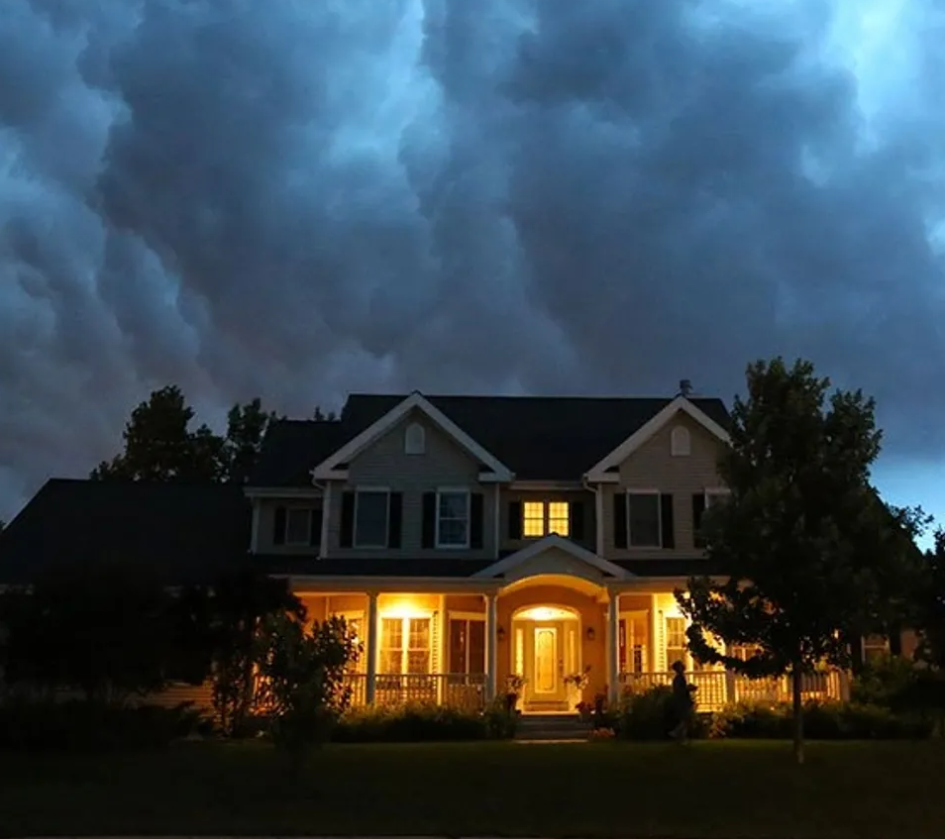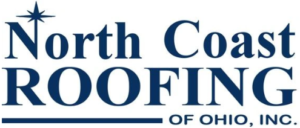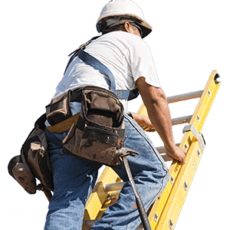Was your roof damaged by the recent storms?
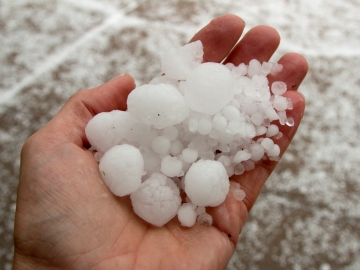
Hail Storms
HOW HAIL DAMAGES A ROOF Of all the areas of your home, your roof is most at risk for hail damage. Asphalt shingles impacted by hail can loosen and shed the protective granules that coat their surface. Wood shake, clay tile, and other types of natural roofing can split or crack in the wake of large hail impacts. Some hail damage isn’t always obvious, and seemingly insignificant impacts can still cause harm to underlying roof structures. When shingles become bruised by hail, they can form micro fractures at the point of impact, allowing water to seep through. Further, the sun’s ultraviolet light can weaken exposed bruised spots and make them brittle. Extreme temperature swings are also worrisome, as they can cause the rapid expanding and contracting of roofing materials, which can weaken shingles and exacerbate hail damage.
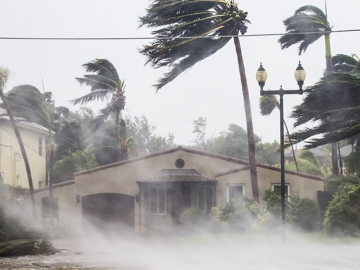
Wind Storms
HOW WINDSTORMS DAMAGE ROOFS As the name suggests, windstorms damage roofs with high-speed gusts or strong, sustained winds in excess of 34 miles per hour1. They are strong enough to cause light-to-severe damage to trees and buildings, and may be accompanied by rain, snow, or hail. Some can last for just a few minutes, as when caused by downbursts from thunderstorms, while others can go on for hours and even days when part of large-scale weather systems. Windstorms can damage roofing materials directly through forceful winds that loosen or blow off roofing materials, and also indirectly by hurtling flying debris into a structure or by causing trees or tree limbs to fall onto homes. Not only is this damage an eyesore, damaged roofing also compromises the waterproofing integrity of a roof and makes a home susceptible to moisture infiltration that can cause leaks and/or interior mold growth.
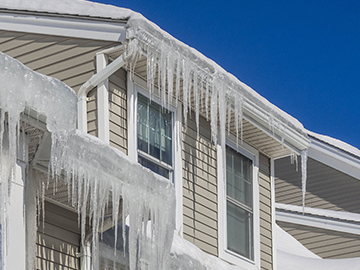
Ice Storms
HOW ICE DAMAGES ROOFS When ice storms occur, thick layers of ice encase trees and weigh down branches, often to a breaking point. Fallen trees and branches can cause severe damage to your roof system by tearing through shingles and puncturing the wooden roof decking that supports them. They can also tear down power lines and block roads, making it difficult to access properties and address damage. Another serious problem ice storms present is the formation of ice dams on your roof, which generally occurs due to poor attic ventilation. When hot air rises to your attic, it warms the roof from underneath, which melts the snow and ice that has accumulated on the rooftop. The ice melt then runs down to the edges of the roof or near the gutters to an area that is not warmed by trapped and heated attic airspace, where it refreezes and forms a dam. The dam pools and then refreezes additional ice melt, and as this water refreezes it expands and forms wedges of ice that push apart roofing components and create an entry point for moisture to further damages the roof and the interior of the home.
Working with an insurance company to get your house repaired can be frustrating and confusing.
Most homeowners deal with very few insurance claims over the course of their home ownership and many customers aren’t aware of their rights. Faulty or incomplete repairs to your home can negatively impact the value of your property. Homeowners think they have to accept whatever settlement their adjuster offers. That’s not true. Having a North Coast Roofing of Ohio home repair specialist at your side throughout the claims process is the best way to ensure all damages identified and fixed. Here are the 7 simple steps involved in getting a fair settlement.
Step 1: You call your North Coast Roofing Representative at (419) 433-2059 for a home Damage Inspection. We perform a thorough on-site inspection and inform you of our findings.
Step 2: You place a claim with your insurance company with the assistance of an experienced representative from North Coast Roofing.
Step 3: Your North Coast Roofing Representative meets with the Insurance adjuster to make sure you get credit for ALL storm damage. Often, areas such as fencing, windows, gutters, patio furniture, and siding are overlooked by the adjuster. We make sure all of these items are addressed.
Step 4: Your Insurance Company sends out a Loss Summary Report (insurance estimate) detailing the Scope of Damage they are willing to pay for.
Step 5:Your North Coast Roofing Representative reviews the Loss Summary Report (insurance estimate) to ensure the agreed Scope of Damage is complete and accurate. If everything is correct, we review materials and color choices with you.
Step 6: North Coast Roofing schedules all work and completes your home repair in a timely and professional manner.
Step 7: North Coast Roofing notifies the insurance company when all work is completed so that remaining funds will be released.Let’s get started on your seven steps to a new home today. Call North Coast Roofing at (419) 433-2059.
